Feng shui + happiness + joy = abundance
Can feng shui boost happiness and joy and then ultimately abundance? Yes, and there is now scientific research backing up the claims. From a traditional feng shui perspective joy and happiness is attributed to the Lake section of the bagua or West sector or offspring if you like. But you don’t have to just limit feng shui those unique spaces in your home or office. You can spread the elements of happiness and joy throughout the whole home or workplace and make your life more abundant. Different interior design elements can enhance your happiness and joy in different ways and ultimately making you healthier and more successful and ultimately more abundant.
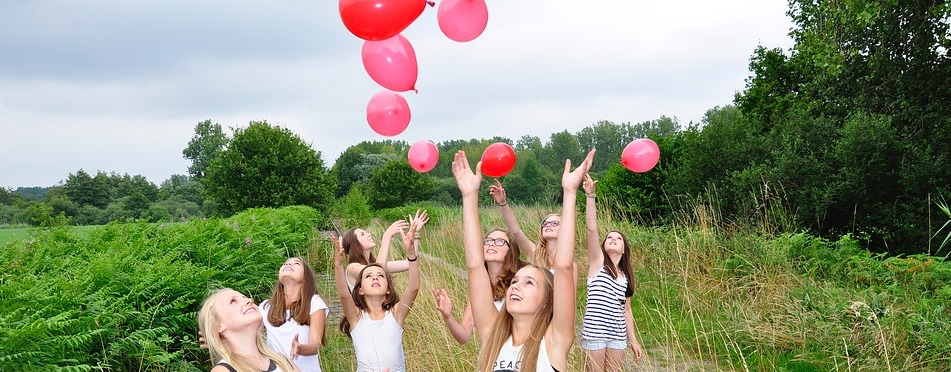
Why balloons make us happy? Not a good idea to release them outdoors, since they can pollute nature and are health hazard for animals.
Happiness and Joy
Happiness is defined as positive and encompassing emotions ranging from contentment and satisfaction to bliss and intense pleasure that you feel over a long time. So when asked, ‘Are you happy?’ you need to scan and evaluate a period of a current lifetime to answer this question. Happiness is an overall feeling or state of being happy in general and it is built over time and consists of and covers many aspects and dimensions.
“Life is probably round.” van Gogh
Joy is defined as a momentary experience of positive emotion that make you smile and laugh, right now. Joy can make you feel like you want to jump up and down which some psychologists use as a measure of joy.
Environmental psychology
Environmental psychology and aesthetics explain why certain colours, shapes, light and so on makes us feel happy and joyful. Aesthetics comes from the same root as the Greek word ‘aísthomai’, which means, ‘I feel,’ ‘I sense,’ ‘I perceive.’ Changing and making hospitals or homes more colourful can make us healthier, reverse ageing and uplift mood. Unfortunately, most places look dull and grey – so adding a bit of colour can make a huge difference. Making our environments more joyful make us feel more youthful because we associate joy with young age. Research suggests many benefits of adding colour and improving environments from school and work attendance improvement, less graffiti and vandalism, feeling safer, more alertness and confidence as well as more friendliness in workplaces.
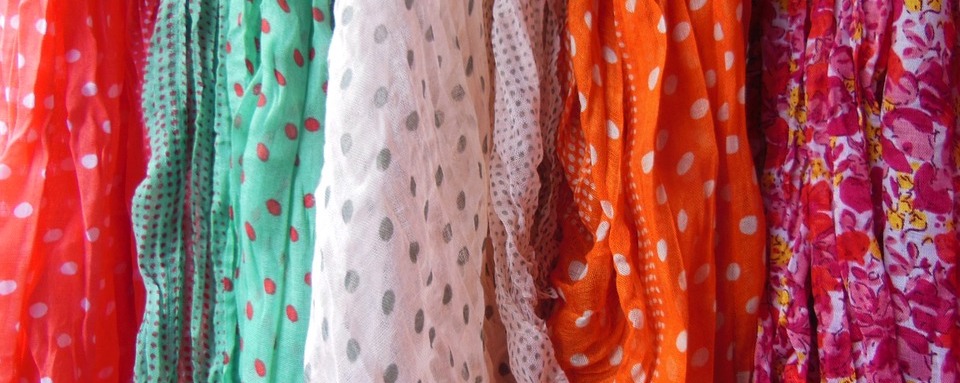
Polka dots
Colour
Bright colour makes us happy and more alert. You see a vintage yellow Volkswagen and it makes you smile. Colour is frequency and energy. You put on coloured pink glasses and you literally see the world pink. From the evolutionary perspective, colour is very primal for survival. It signals life and energy and consequently abundance. Multiplicity and abundance mean survival as opposed to scarcity which signals danger. There is plenty of scientific evidence on how colour affects our moods, thinking and behaviour. “Colours function as a subtle primer, exerting a direct influence on motivation and behaviour without individuals’ conscious awareness.” says psychologist Andrew Elliot. Colour can transform any environment, boost productivity and creativity, enhance the recovery rate in hospitals, reduce vandalism as well as crime and violence in prisons, help kids to focus, and so on. Vibrant living coral is the colour of 2019.
Play
Brian Massumi in What Animals Teach Us About Politics (Durham, Duke University Press, 2014. 22) has a suggestion on life and animality in order to release us from the rigid human logic and modes of normativity. It is play. Play gives us a perspective on our actions:
“The animal in play actively, effectively affirms paradox. This augments its capacities in at least two ways. On the one hand, animals learn through play (to the extent that a play fight is preparation for the real combat engagements that may be necessary in the future). On the other hand, the purview of its mental powers expands. In play, the animal elevates itself to the metacommunicational level, where it gains the capacity to mobilize the possible. Its powers of abstraction rise a notch. Its powers of thought are augmented. Its life capacities more fully deploy, if abstractly. Its forces of vitality are intensified accordingly. The ludic gesture is a vital gesture. Humans may also practice effective paradox, when they permit themselves to abandon themselves to play. In play, the human enters a zone of indiscernibility with the animal.”
“Play is the antidote for uncertainty.”
Beau Lotto, neuroscientist, author of Deviate: The Science of Seeing Differently

Lightness, elevation and colour
Round vs square shapes
Neuroscientists have studied the human response to round versus square shapes and found that the amygdala (flight or fight, fear and anxiety brain centre), lits up when people look at angular objects, but not when they look at the round ones. Evolutionarily speaking we associate sharp or angular objects with threat and danger so we naturally try to avoid these shapes to us. On the other hand, curves put us at ease. In feng shui, cutting or knife chi/energy is to be avoided. “Circular motion accommodates, as rectilinearity does not, the coming together of opposites.” states Iain McGilchrist, Psychiatrist, doctor, author of The Master and His Emissary, The Divided Brain and the Making of the Western World. In 2019, the year of the earth pig – round ceramic vases (earth element) are the perfect addition for boosting harmony as well as prosperity (they are considered containers of wealth).

Ceramic vases (earth element) feng shui remedies for harmony and prosperity
My environmental psychology master’s degree study focused on the preference between angularity and curvilinearity and confirmed that most people prefer round and oval designs to angular ones.

Joyful: The surprising power of ordinary things to create extraordinary happiness by Ingrid Fetell Lee
Ingrid Fetell Lee, the author of Joyful: the Surprising Power of Ordinary Things to Create Extraordinary Happiness, noticed that when she was studying objects that give people joy and happiness – that most of them were round or oval.
Symmetrical shapes
Humans like symmetry and balance because they suggest order and stability. Feng shui is about harmony, balance, stability that give security in the ever-changing world. Research suggests that when people are exposed to asymmetrical and unbalanced patterns these activate specific neurological structures in the brain that activate all kind of unwanted behaviours, such as cheating at the exam, for example.
Fractals which are mathematical sets that usually displays self-similar patterns (Benoît Mandelbrot, 1975) also make us feel good. The concept of fractal extends beyond self-similarity and can include detailed patterns repeating themselves. Our bodies and nature are fractal and that’s why we feel the affinity with them. It is said, that if you don’t like fractals, you probably don’t like yourself. It is also said, that love is fractal.
Abundance and multiplicity
Scarcity is the opposite of abundance. Richness, abundance and multiplicity mean survival and life. That’s why we generally prefer rich and vibrant environments. People prefer farmers markets to shopping centres because of the vibe and the energy, life force (chi) that is created by vegetables and fruit.

We associate abundance with survival
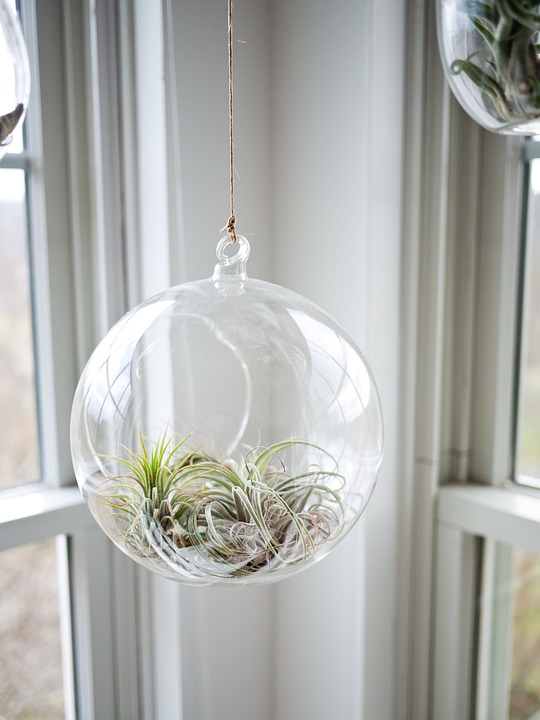
Air plants
Lightness and elevation
When we feel happy and joyful we feel a certain lightness and elevation. People, sometimes and especially kids can’t contain their joy and happiness and feel like jumping because of that. Depression, unhappiness is usually associated with heavy feelings and dark places. Studies suggest that people working or living in high ceilings offices or rooms feel more optimistic, creative and generally have a better outlook on life. The metaphor, ‘sky is the limit’ suggests the inner knowing about the spaciousness of possibilities. Joy looks light and fluffy – it flows gently in the air, like bubbles and balloons (if you’re going to use balloons, be responsible and don’t pollute nature with them since they’re also a health hazard for animals.
Ingrid Fetell Lee, the author of Joyful: the Surprising Power of Ordinary Things to Create Extraordinary Happiness, suggests to notice visual and sensorial patterns in the things that bring you joy, and she identified 10 “aesthetics” or values of joy: abundance, harmony, energy, freedom, play, surprise, transcendence, magic, renewal, and celebration. All these values of joy are what feng shui is about and what makes feng shui work. In this video below, we learn more about each aesthetic and why focusing on joyful moments is the key to getting the most out of life. Otherwise, get her book Joyful: the Surprising Power of Ordinary Things to Create Extraordinary Happiness
Top feng shui tips to boost happiness, joy and abundance
- Add any things and objects that make you happy, playful and joyful and spread them around your home and workplace. Recall when you were a child what made you happy, playful and joyful.
- Include more colour – everywhere. Paint one wall a bright colour. Get lots of colourful cushions. Have confetti poppers around. Paint a rainbow or get a rainbow maker which is my favourite feng shui remedy. The rainbow makers or crystals are very versatile because you can use them in different parts of the bagua to activate and energies different life aspects.
- Choose round objects and shapes. Hang balloons responsibly and ecologically. Have more round shades for lamps or round tables. Get a bubble machine. Have images of lollipops, pom-poms and dresses or scarfs with polka dots.
- Add fun and playful things and puzzles around your home or office to prime you that you can solve problems and have fun. Get a photo of a treehouse.
- Use photos of times when you were happy, playful and joyful ie birthday parties, any celebration, holidays, etc
- Get a trampoline. Warning, be careful, unfortunately, lots of people injure themselves when trampolining.
- Add puzzle time – have a 1000-piece puzzle on the go somewhere for the whole family to complete, whenever they feel like this stress-relieving family project.
- Find pictures and posters of cherry blossom, hot air balloons, swimming pools, ice cream cones with sprinkles, fireworks and so on. Other happy images are paintings or posters with landscapes with activity and people, a beach with people having fun and beach balls, seasides with boats, lakes with boats, etc. The images or posters to avoid: any dramatic, stark landscapes, waterfalls, sharp or stark mountain ranges or mountains, sunsets, autumn and winter scenes (except fun activities with snow).
- Add symmetry and balance to your home or workplace. Include fractal pictures and nature.
- Add window plants boxes with very bright flowers, so others can be made happy.
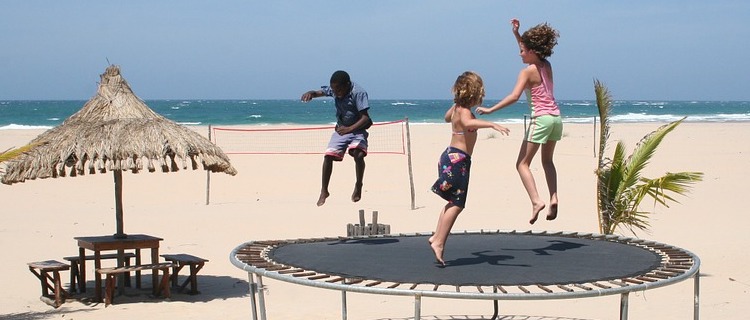
Jumping – a measure of joy
Summary
Although happiness and joy can be perceived differently by different people – ultimately they point in the same direction of positive experiences, expectations and affects that make people feel better about themselves and life in general. When we feel happy and joyful we also by association and expectation feel more hopeful, positive and abundant. Change how you look at the world and our place in it by adding joy and objects that represent it and make the world a more delightful place.
And love your home and give it a hug
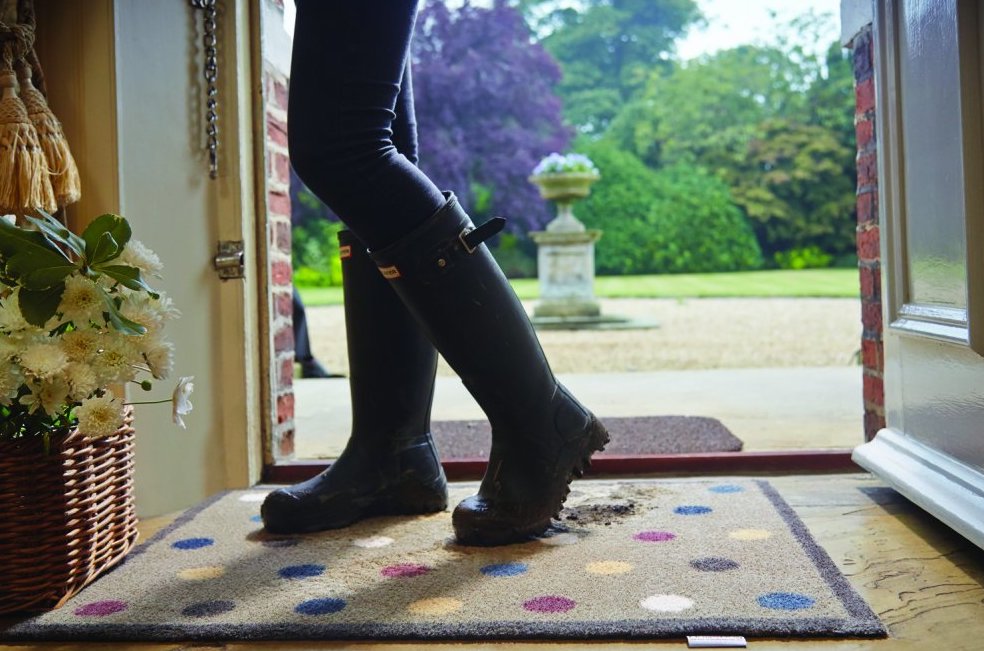
Happy dots doormat and eco-friendly from https://www.hugathome.co.uk/products/hgdesi_spot10/spot-10
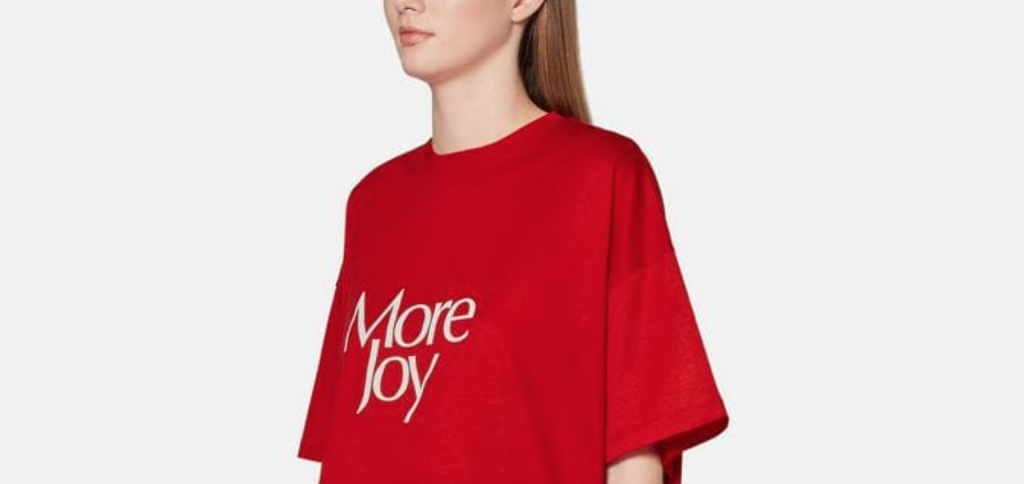
More Joy Tshirt by Christopher Kane
